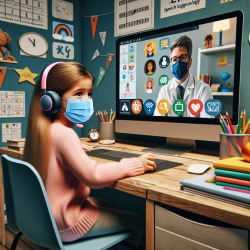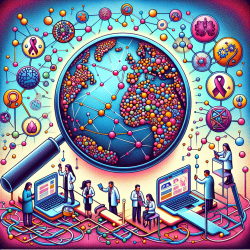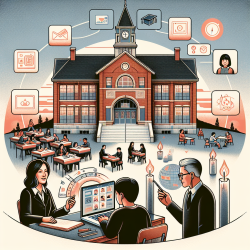The COVID-19 pandemic has dramatically altered the landscape of psychotherapy, particularly in the context of online therapy for schools. The research article "The Eyes Have It: Psychotherapy in the Era of Masks" provides critical insights into the challenges and adaptations required when both therapists and patients are masked. This blog aims to translate these findings into actionable strategies for practitioners, especially those working with children in school settings.
Key Findings from the Research
The research underscores the importance of nonverbal communication, particularly facial expressions, in psychotherapy. Masks obscure the lower half of the face, which is crucial for expressing and recognizing emotions such as happiness and disgust. This can lead to misinterpretations and hinder the therapeutic alliance, a critical factor for successful therapy outcomes.
Challenges Identified
- Higher likelihood of misidentifying facial expressions.
- Increased difficulty in recognizing emotions that rely on the lower face.
- Potential biases in emotional recognition, especially for patient populations with pre-existing challenges.
Practical Strategies for Online Therapy
Given these challenges, therapists can adopt several strategies to enhance communication and emotional understanding in online therapy sessions:
1. Verbalize Emotions More Frequently
Encourage both the therapist and the patient to verbalize their emotions. This reduces the reliance on facial expressions and helps in building a clearer emotional context.
2. Use Enhanced Body Language
Increase the use of body language, such as hand gestures and head nods, to compensate for the lack of facial cues. Ensure that these gestures are congruent with the intended emotional expression.
3. Pay Attention to Vocal Cues
Prosody, or the rhythm and pattern of speech, becomes even more critical. Therapists should use a lower pitch, speak more loudly and slowly, and eliminate background noise to ensure clear communication.
4. Utilize Transparent Masks
For in-person sessions where masks are necessary, consider using transparent masks. These allow for better visibility of the mouth area, thus aiding in emotion recognition.
5. Foster an Open Dialogue
Initiate conversations about the impact of masks on communication. Normalize the process of asking for clarifications regarding emotions and expressions.
Encouraging Further Research
While these strategies are a good starting point, the field would benefit from further research to develop more refined techniques. Practitioners are encouraged to engage in ongoing education and contribute to the growing body of knowledge on this topic.To read the original research paper, please follow this link:
The Eyes Have It: Psychotherapy in the Era of Masks.










